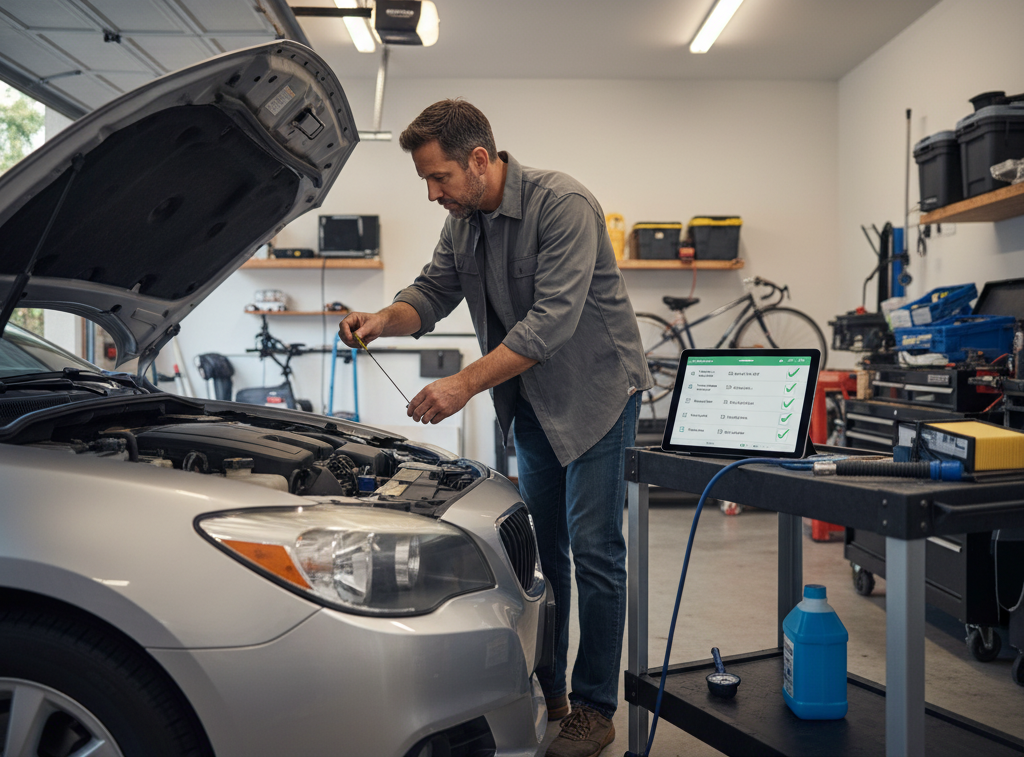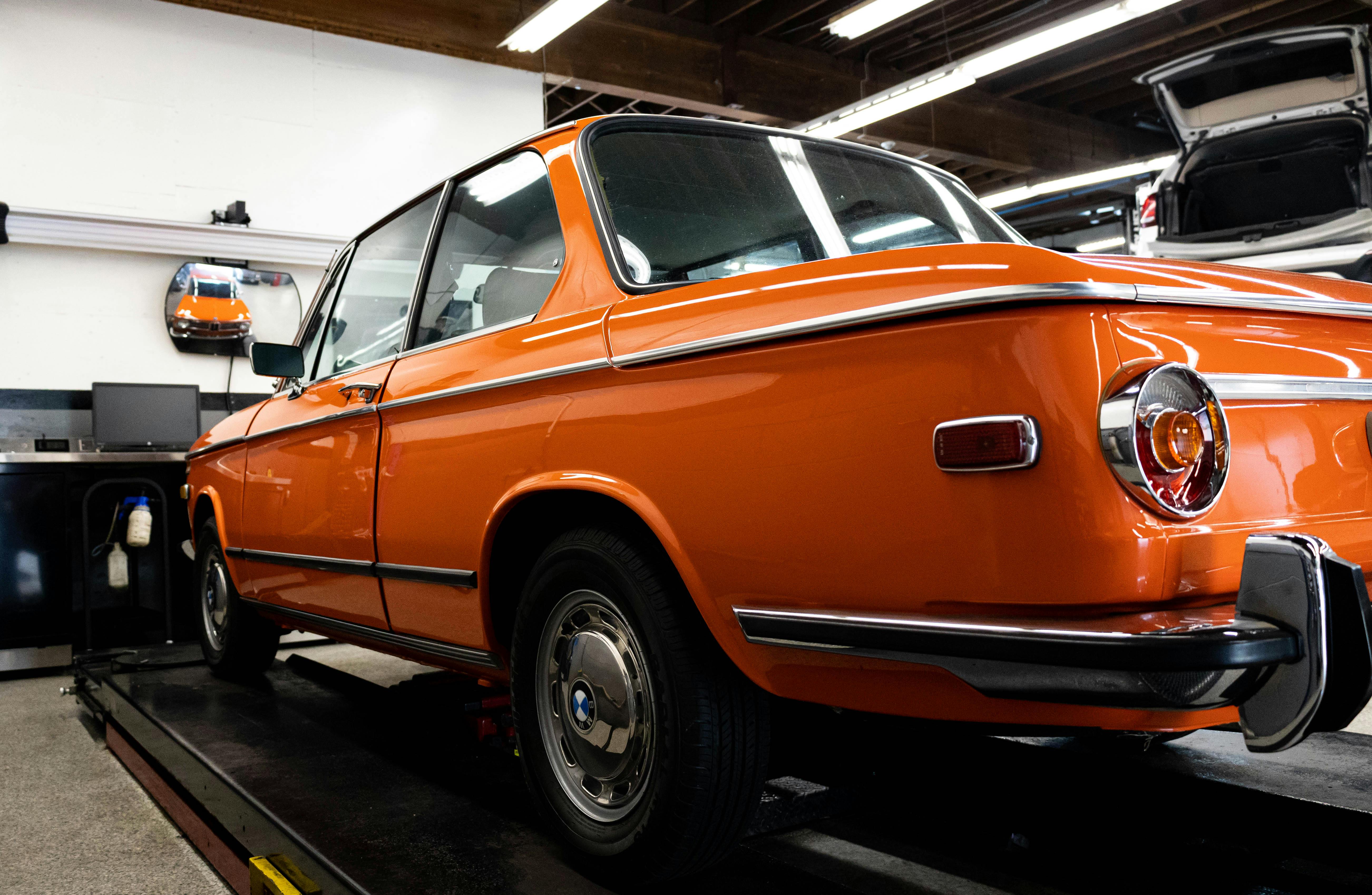Don't Sweat the Smog Test: 8 Essential Tips to Pass with Confidence
Author
Bahram Najafzadeh
Date Published

The smog test can feel like a high-stakes exam for your car. Will it pass? Will it fail? Will you have to spend a ton of money on repairs? While a failed test is certainly a hassle, a little preparation can make all the difference.
Follow these eight essential tips to get your vehicle ready for its smog inspection and drive away with that "PASS" certificate.
1. Warm Up Your Engine
One of the most common reasons for a failed smog test is a cold engine. Before you head to the testing station, make sure your car is fully warmed up. Drive it for at least 15-20 minutes, ideally at highway speeds for a portion of the trip. This ensures the engine reaches its optimal operating temperature, allowing all emission control systems to work as they should.
2. Don't Ignore the "Check Engine" Light
If your Check Engine Light is on, you've already failed. It's an automatic failure, no matter what your tailpipe emissions are. A technician is legally required to perform the test even with the light on, so you’ll lose your inspection fee for nothing. Get the issue diagnosed and repaired by a certified shop before you even think about getting a smog check.
3. Check for Recent Battery Disconnections
Did you recently replace your car battery or disconnect it for any reason? If so, you need to wait. Disconnecting the battery erases the vehicle's "readiness monitors" the internal self-tests that your car runs to ensure its systems are working. These monitors need time (sometimes up to a week and 100-200 miles of mixed driving) to reset. Going for a smog test with "not ready" monitors will result in a failure.
4. Change Your Oil
If your car is due for an oil change, do it before the smog check. Dirty, contaminated oil can release hydrocarbons when it gets hot, which can cause your car to fail. Fresh oil helps your engine run more efficiently, giving you a better chance of passing.
5. Add a Fuel Additive
Consider adding a high-quality fuel additive to your gas tank a week or two before your smog check. These products are designed to clean out carbon deposits from the engine's fuel and exhaust systems. This improves combustion and helps reduce harmful emissions. Be sure to follow the product's instructions for the best results.
6. Make Sure Your Tires Are Properly Inflated
This tip is especially important for vehicles from 1999 or older that are tested on a dynamometer (the rollers your car drives onto for the test). Proper tire inflation ensures stability during the test, which allows the engine to maintain a steady load. Uneven or low tire pressure can cause the wheels to slip and affect the test results.
7. Schedule Your Test on a Dry Day
This is another tip for older vehicles tested on a dynamometer. Wet tires can lead to slipping on the rollers, causing an inconsistent reading and potential failure. While most smog machines have a "dry tires" mode, it’s best to avoid any extra variables and schedule your appointment for a day without rain.
8. Fix Obvious Issues First
This one should be a no-brainer. Don't get your car smog-checked if you know something is wrong with it. If it's running rough, making a strange noise, or just isn't performing well, it's not going to pass. Get it repaired first to avoid wasting your inspection fee.
By following these simple steps, you can significantly improve your chances of passing your smog test on the first try. A little preparation goes a long way!

Stop worrying about your smog check. Use our simple checklist to ensure your car passes the first time and save yourself a re-test.

Navigating your next smog check doesn't have to be a headache. Our guide gives you a simple DIY checklist to help your car pass the test with ease.